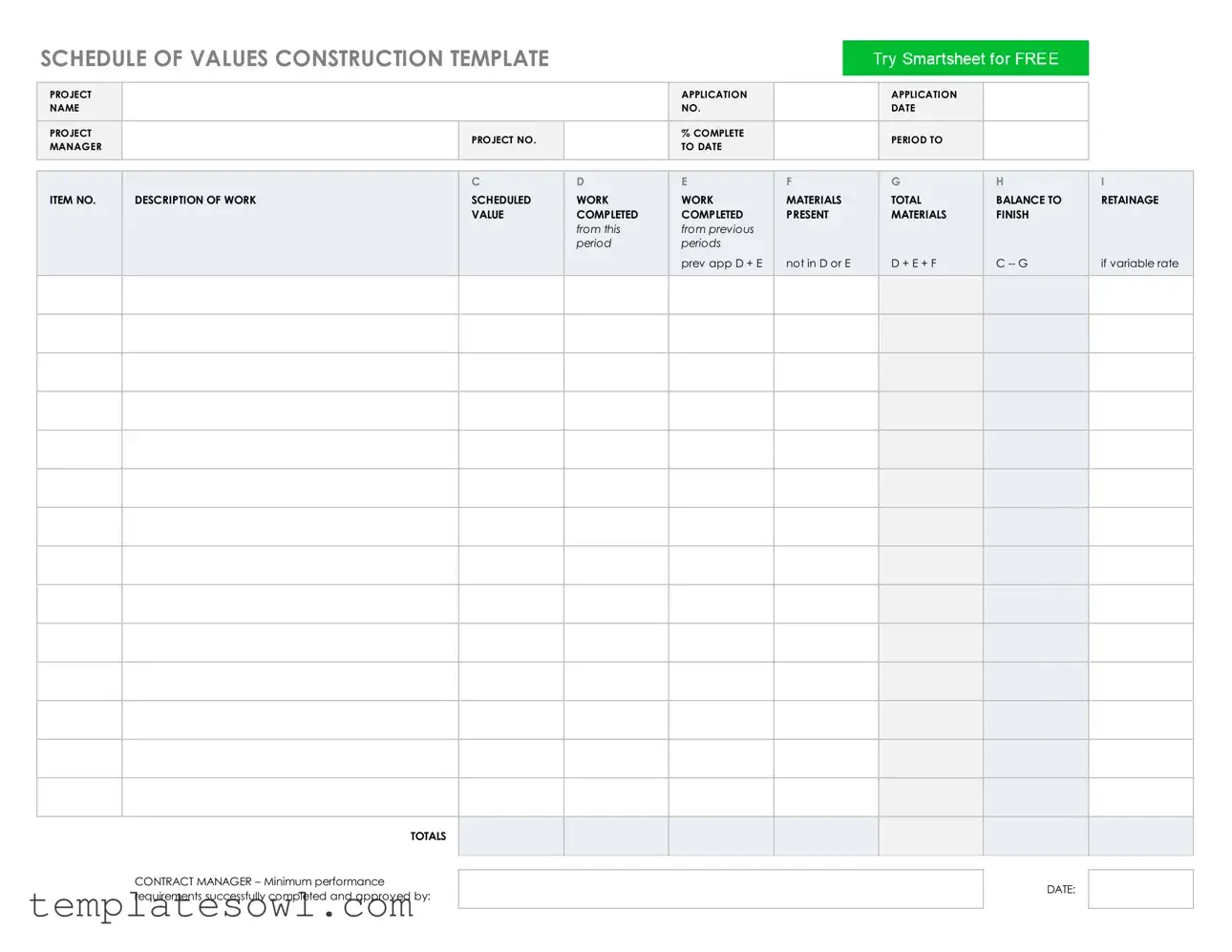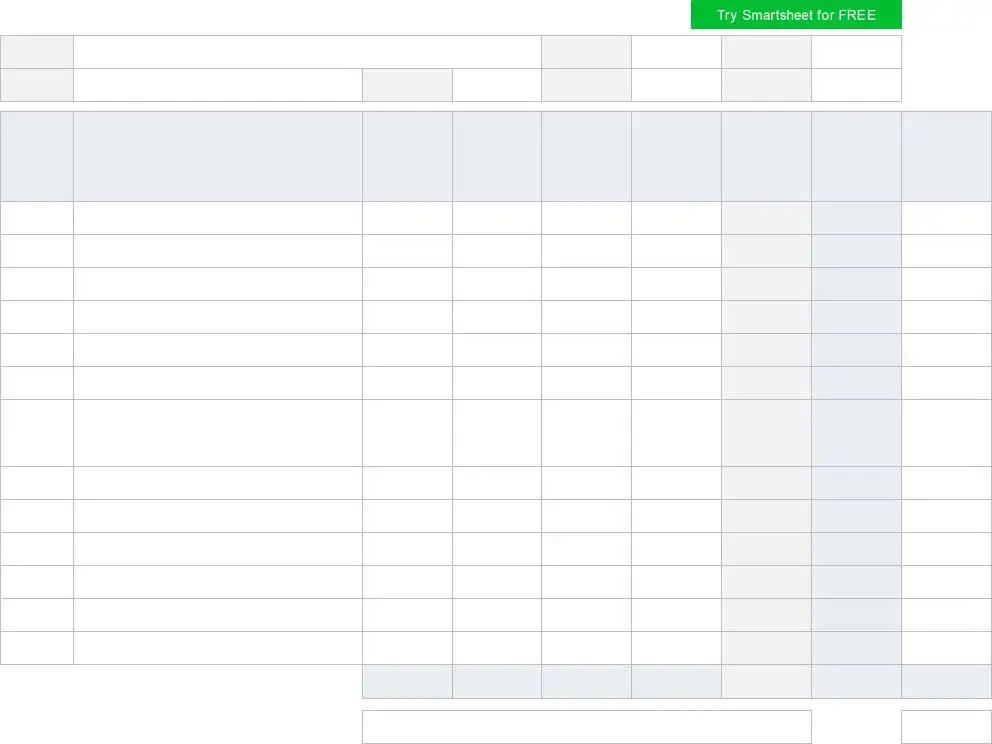What is the purpose of the Schedule Values form?
The Schedule Values form serves as a tool to track the progress of construction projects. It lists various aspects of work completed, materials used, and the financial status of the construction process. This ensures that all stakeholders have a clear understanding of project status and budget allocation.
What information is required on the Schedule Values form?
Key information includes the name of the project, project number, percentage of completion, and details regarding each item of work. You'll need to document the description of scheduled work, the total value of work completed, and balances regarding materials and retainage. Each item's information will help provide a comprehensive overview of the project’s financials.
How is the % complete calculated?
The % complete is calculated based on the amount of work completed to date compared to the total contracted value of the project. It takes into account the work finished in the current period as well as work that was completed in previous applications. This calculation helps assess how far along the project is relative to its schedule.
What are retainage values and why are they important?
Retainage values represent a portion of the payment withheld until the project reaches specific milestones or is completed. Retainage serves as a guarantee that the contractor will fulfill all terms of the contract. This ensures that any remaining issues can be resolved before full payment is made, protecting the interests of the project owners.
Who must approve the Schedule Values form?
The form must be approved by the Contract Manager. This individual will review the performance requirements to confirm that they have been met. Approval is essential to validate the information presented in the form and to ensure that payments are processed accurately.
What should I do if there is an error on the Schedule Values form?
If an error is detected, it's crucial to correct it promptly. Review the specific section where the error occurred, make the necessary adjustments, and document the changes. Ensure that all parties involved, including the Contract Manager, are notified of the correction. Maintaining accurate records helps prevent disputes and keeps the project's financial details transparent.


